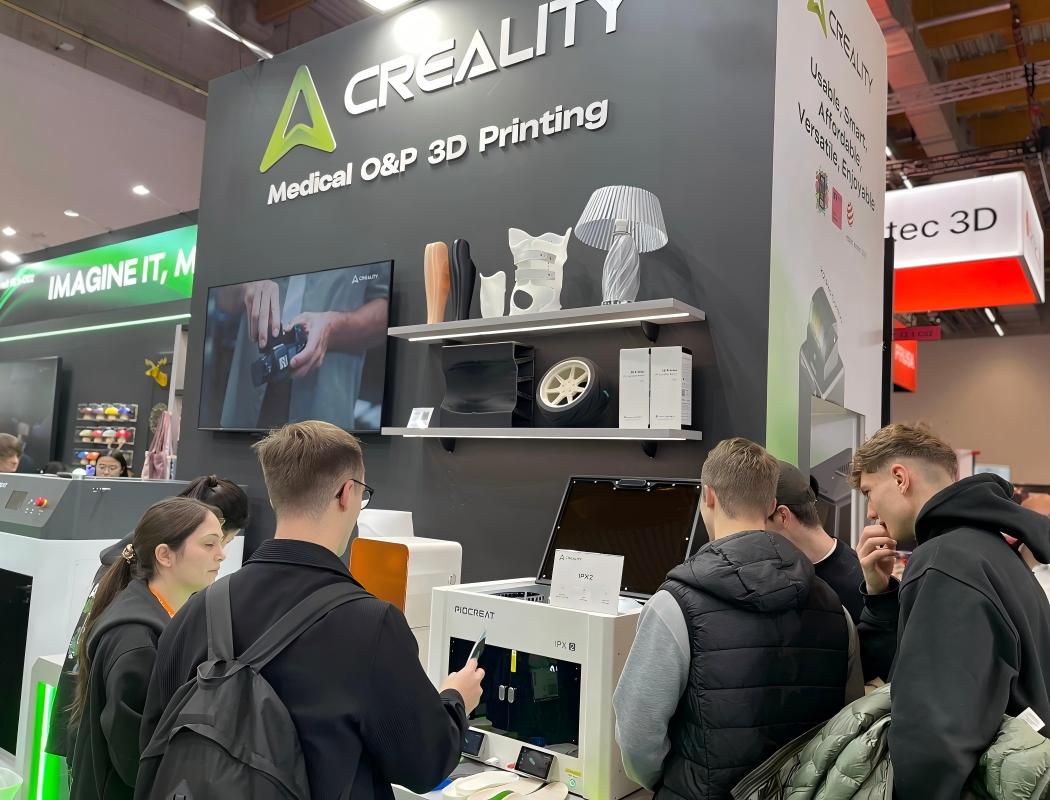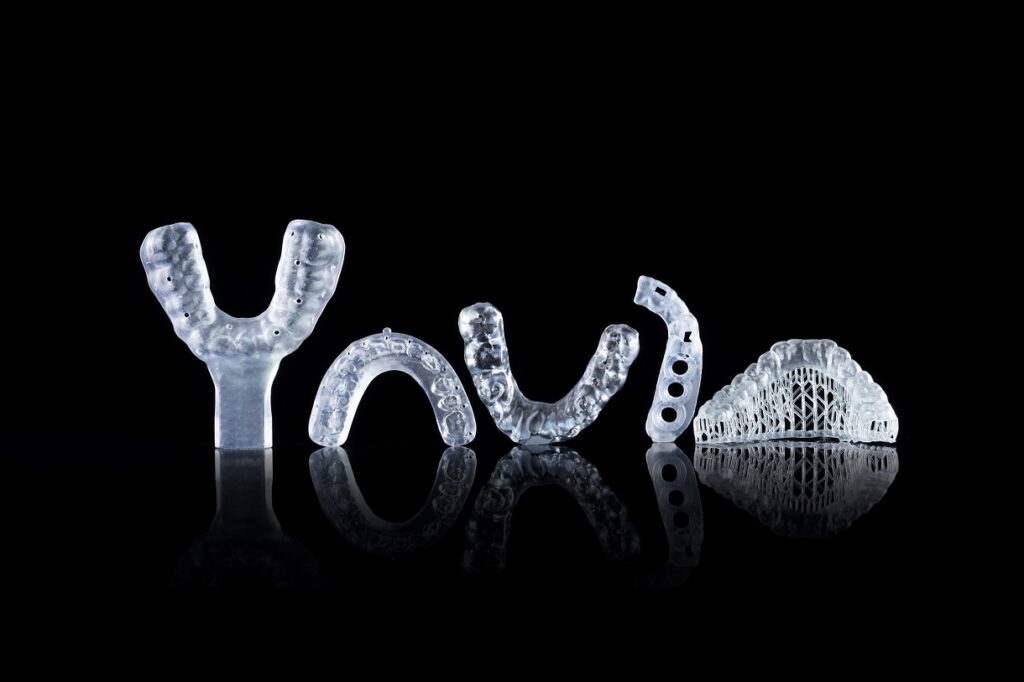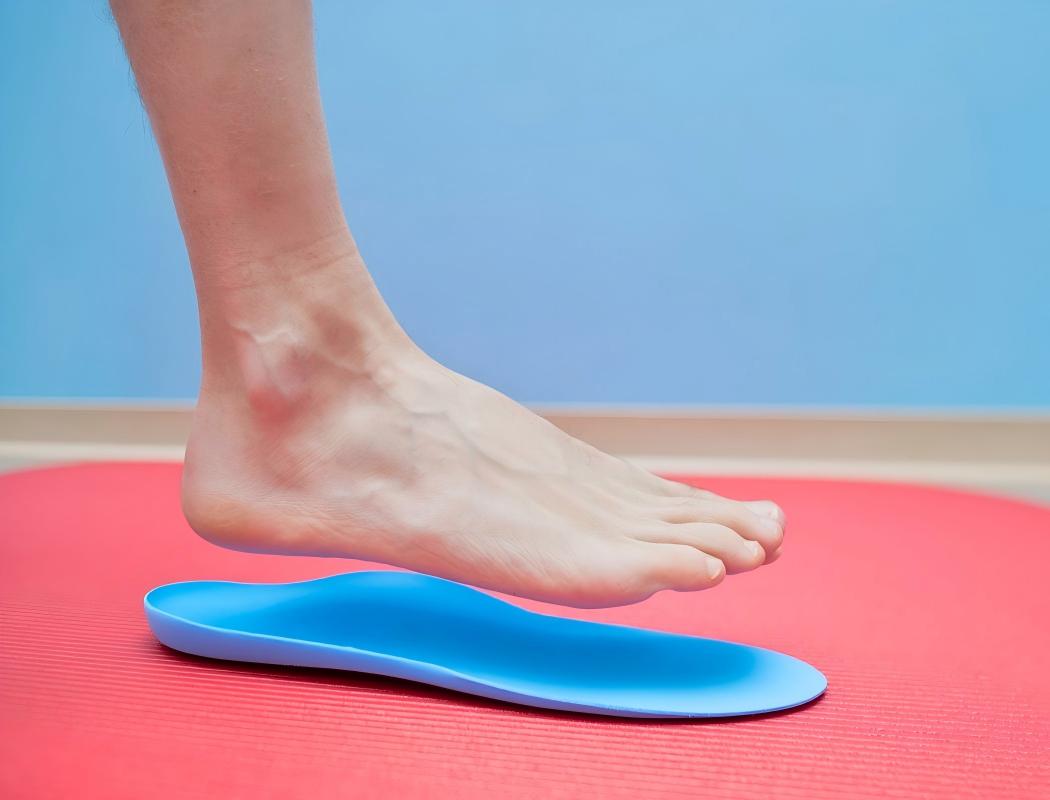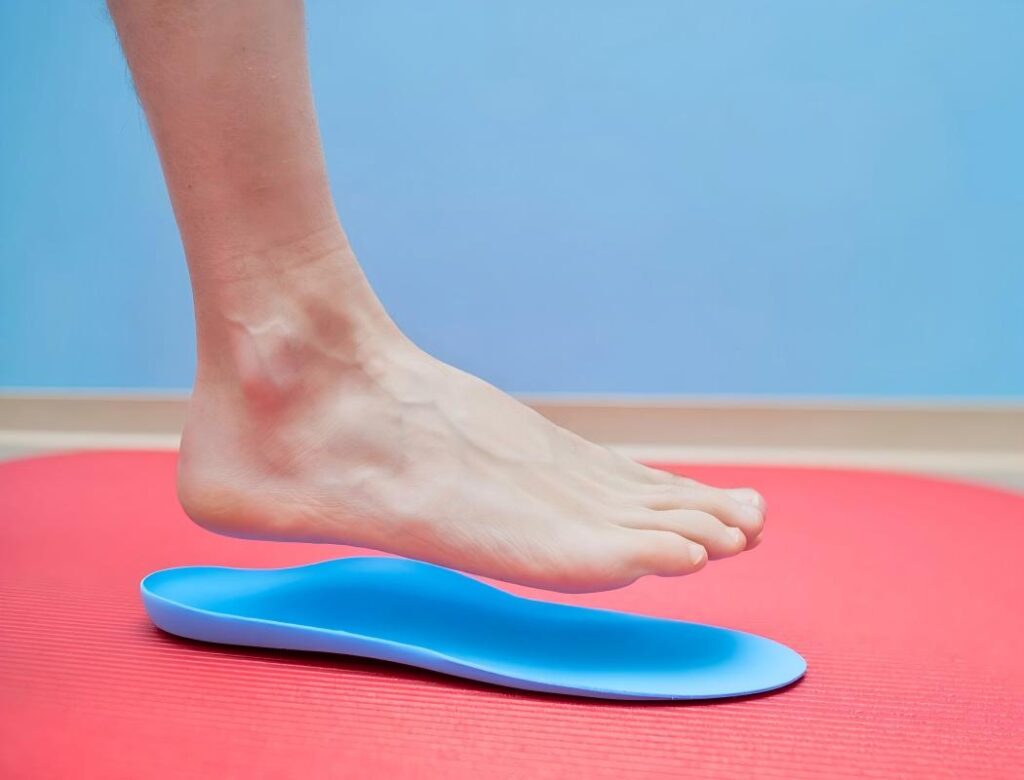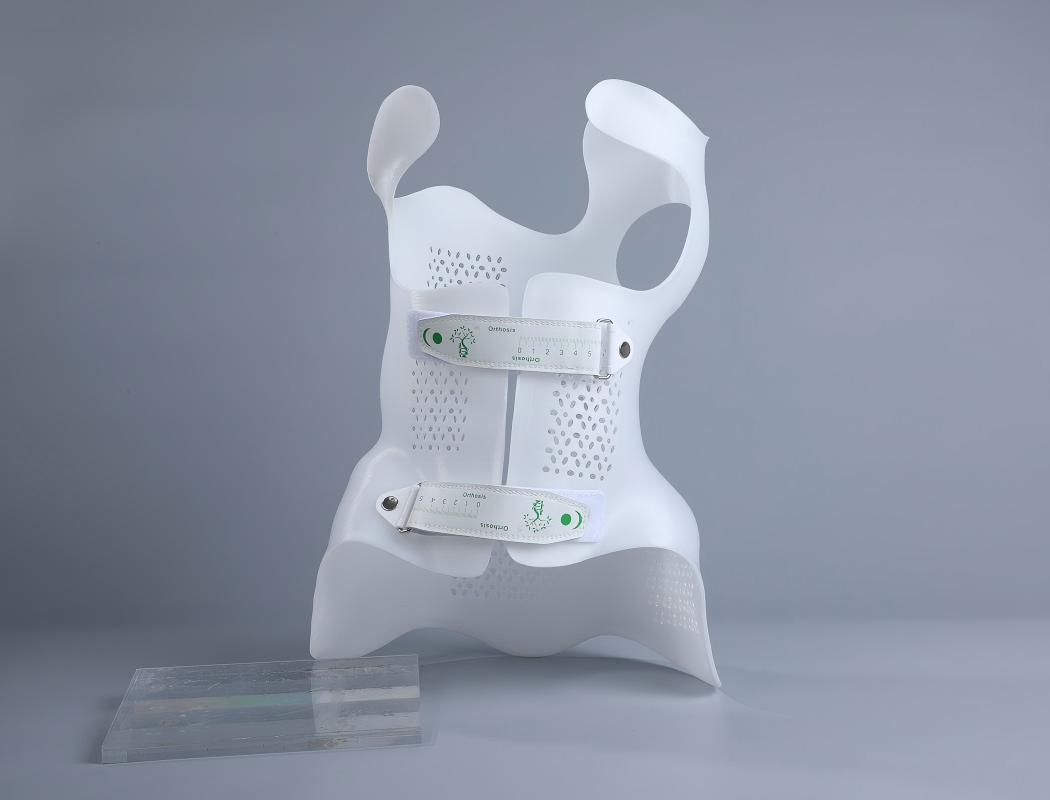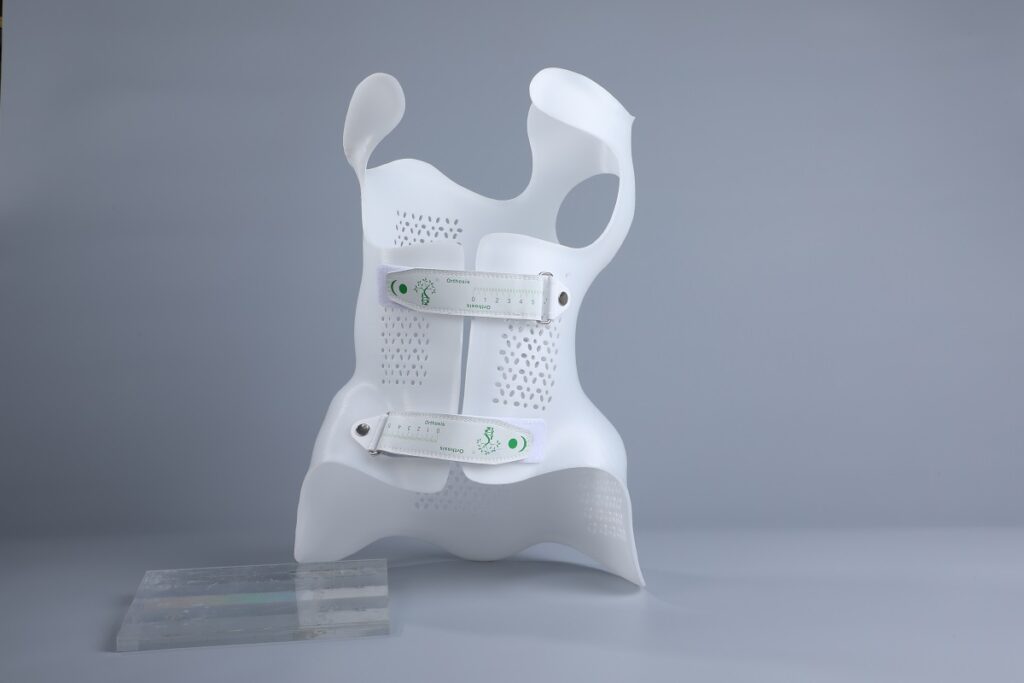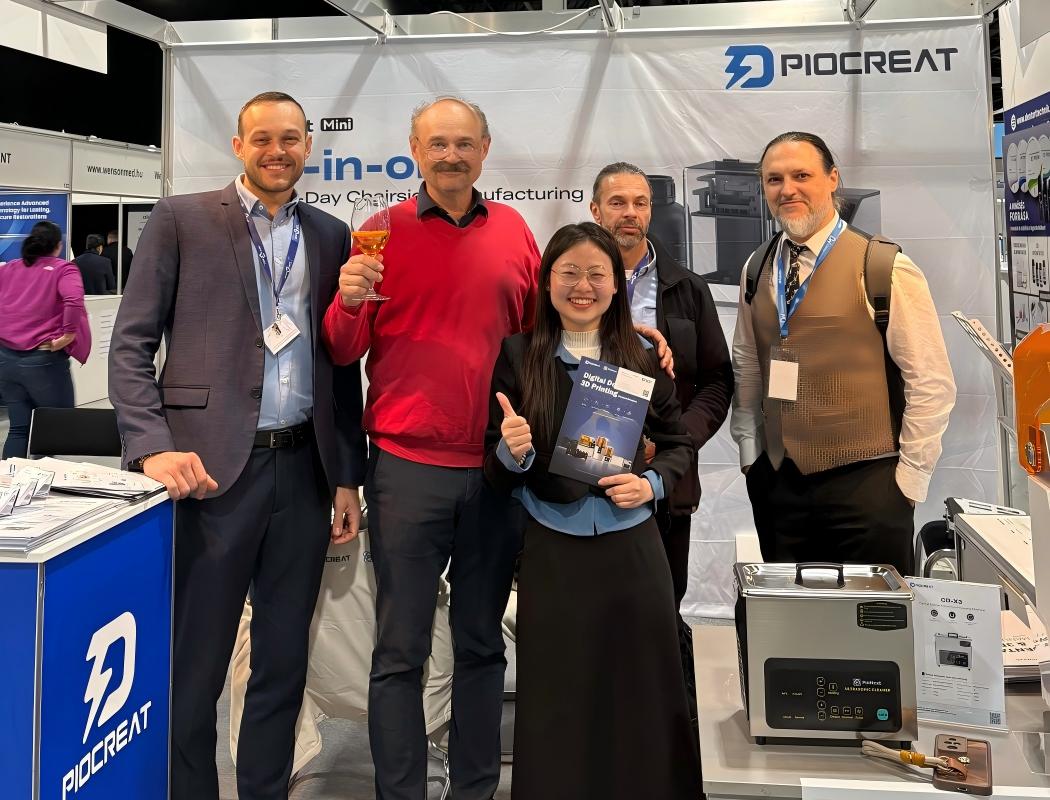PioCreat Showcases Digital Dentistry Innovations at the GNYDM 2025
piocreat3d
on
December 4, 2025
New York, USA — December 3, 2025 — PioCreat has successfully concluded its participation in the 2025 Greater New York Dental Meeting (GNYDM), held from November 30 to December 3, 2025, at the renowned Jacob K. Javits Convention Center in New York City (655 West 34th Street, New York, NY 10001-1188). As one of the most influential dental exhibitions in North America, GNYDM once again gathered thousands of dental professionals, researchers, and industry leaders. PioCreat showcased its latest advancements in digital dentistry at Booth #4625, attracting strong interest throughout the four-day event.

Product Highlights at GNYDM 2025
During the exhibition, PioCreat showcased a comprehensive lineup of digital dentistry solutions, with products receiving particular attention thanks to their strong performance and workflow efficiency.
PioNext Mini is designed for efficiency and portability, this ultra-compact, suitcase-style printer streamlines chairside workflows. Its dual-resin-tank system includes an ACF Fast Vat capable of printing crowns in 10 minutes, and an HDF Clear Vat for polishing-free, high-transparency results. Quick material switching and an upgraded LCD screen further enhance speed, clarity, and long-term stability.
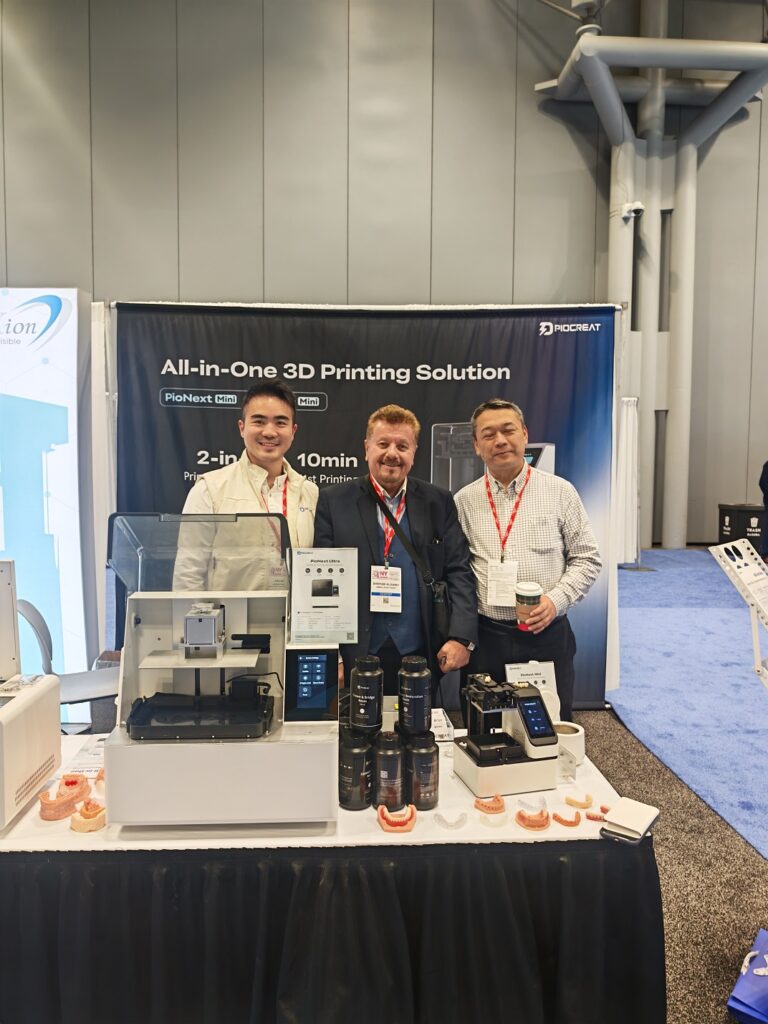
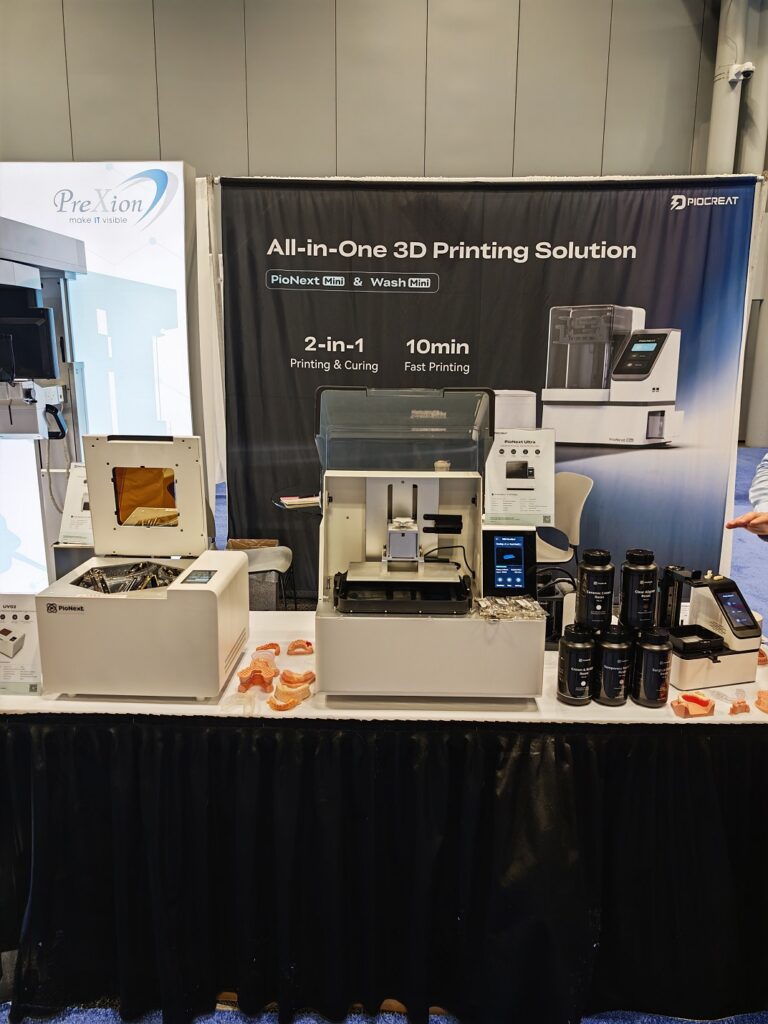
The DJ89 Ultra impressed visitors with its 10.1-inch 16K U-HD monochrome screen, delivering exceptionally fine detail and smooth surface quality. Its dual-wavelength light system (405nm & 385nm) enhances material compatibility while improving curing accuracy. With >90% light uniformity and an extended screen lifespan, the DJ89 Ultra offers stable, reliable performance for demanding dental applications.
The UV02 curing machine delivers fast and consistent post-curing, with adjustable light intensity from 5–100% and cycle times of just 1–5 minutes. Its D180×H120mm curing chamber ensures uniform polymerization for dental and medical components, serving as an ideal complement to systems such as the D160 or PioNext Mini.
In addition to equipment demonstrations, PioCreat also presented a wide selection of dental materials covering diagnostic, restorative, and surgical needs. These included CD-X3, PN-Model 2.0, PN-Temp A2, PN-Denture, PN-SG, PN-Ceramic, PN-Aligner, PN-RD, and Crown & Bridge materials. This comprehensive range further highlighted PioCreat’s capability to support clinics and laboratories with end-to-end digital workflows, from initial scanning and modeling to final restorations.
Immersive Booth Experience
At the PioCreat booth, visitors experienced live demonstrations of the PioNext Mini’s speed and accuracy, alongside other advanced models including the DJ89PLUS, D160, and HALOT SKY 2025. Attendees observed real-time print results, explored software functions, and consulted with technical experts, highlighting the versatility of PioCreat’s solutions for both clinics and laboratories.
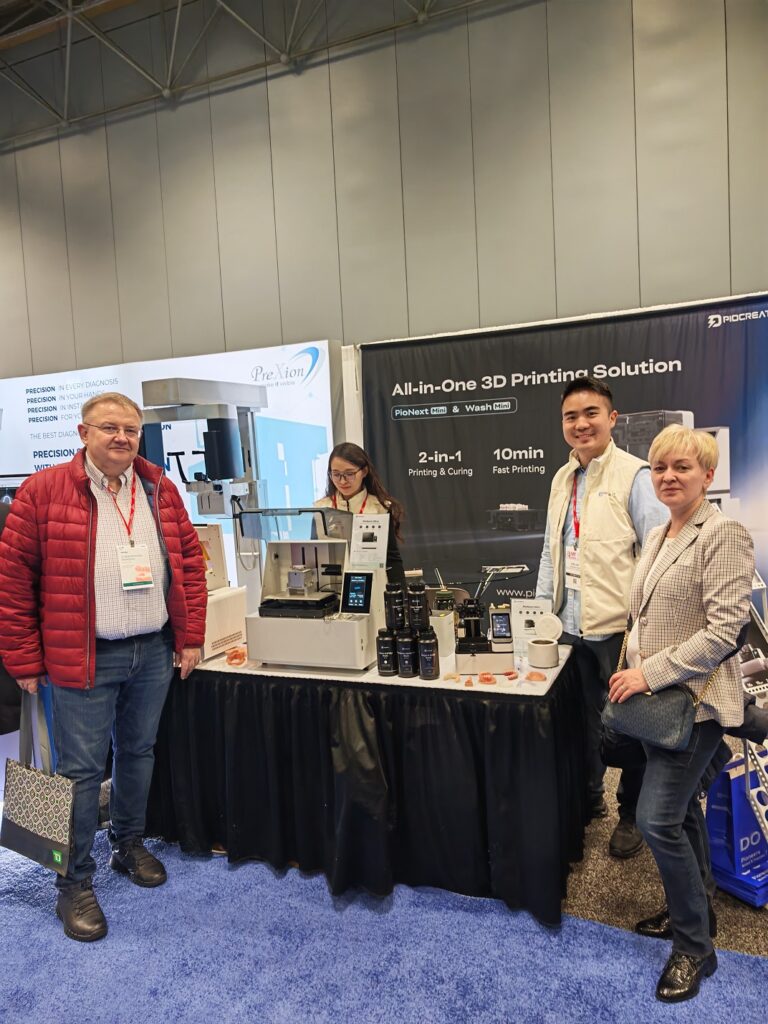
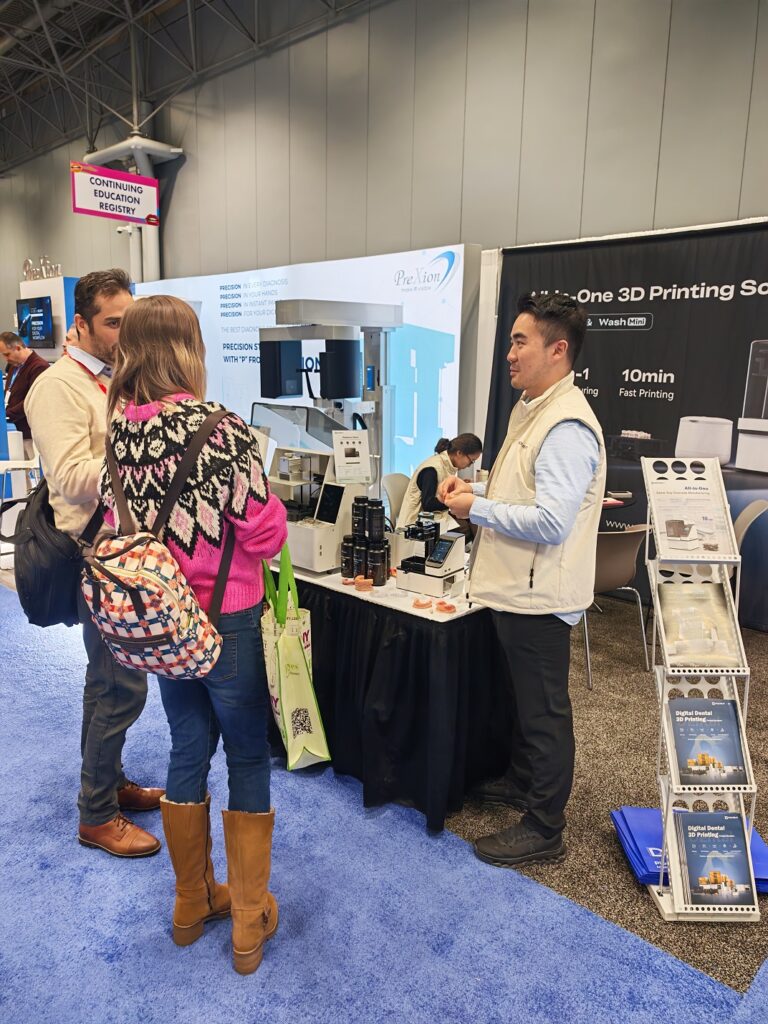
Looking Ahead
By joining the GNYDM, PioCreat aims to deepen global collaboration, highlight its latest technological breakthroughs, and share its vision for a more intelligent digital manufacturing future.
“As additive manufacturing expands into new industries and applications, we remain focused on delivering reliable, efficient, and cost-effective 3D printing technologies,” said PioCreat’s leadership team. “GNYDM is a global stage where innovation meets application, The strong feedback we received at this year’s event further motivates us to continue developing effective, accessible, and forward-thinking dental solutions.”
PioCreat will continue its commitment to driving digital workflow innovation and supporting practitioners with reliable, intuitive, and high-performance technologies. The team extends sincere gratitude to all visitors and partners who joined us at GNYDM 2025 and looks forward to meeting the dental community again at future global exhibitions.

